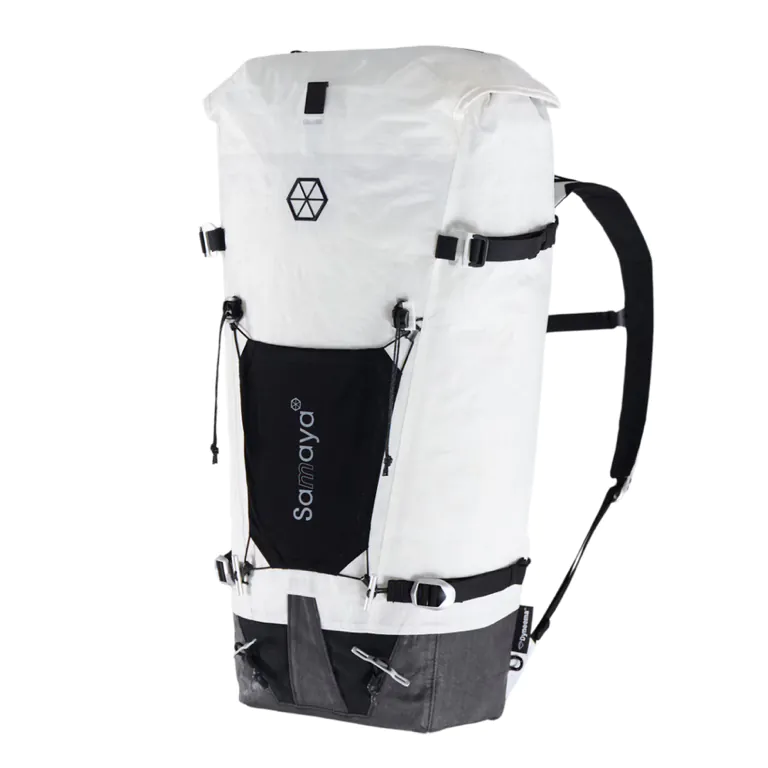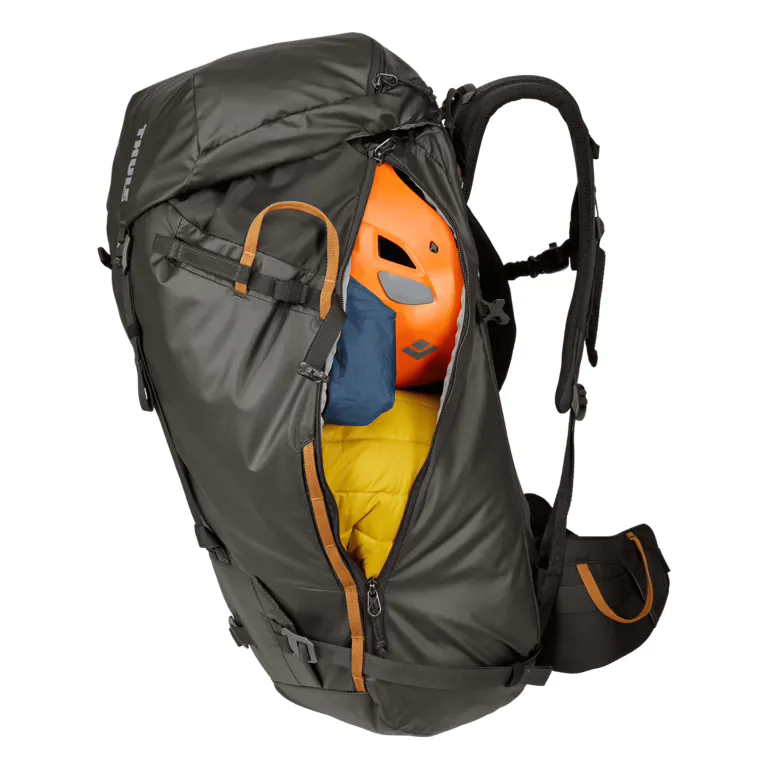Backpacks
Whether you're a casual hiker, a seasoned mountaineer, or a backpacking traveler, your backpack is the most important piece of gear after your boots. While you won't be able to continue at all with the wrong boots, bad backpack choice will leave you in a complete misery for the whole duration of your outing.
This simple guide will help you prevent such mistakes and ensure more joyful adventures.
Even though there are many types of backpacks for the outdoors, you can't go wrong with choosing one of the most commonly used ones in the table below.

| Type | Best For | Capacity (L) / Load (kg) | Weight (kg) | Price (€) | Frame Type | Hydration | Ventilation | Durability |
|---|---|---|---|---|---|---|---|---|
| Daypacks | Short hikes, urban exploring, light travel | 10–30 / up to 6 | 0.3 – 1.2 | 30 – 100 | Frameless or Light Frame | Often | Basic to Moderate | Medium |
| Hiking Backpacks | Full-day hikes, light overnight trips | 30–50 / 7–12 | 0.8 – 1.8 | 70 – 200 | Internal Frame | Yes | Good | Good |
| Ultralight Thru-Hike Packs | Long-distance ultralight backpacking | 40–60 / 8–13 | 0.5 – 1.2 | 100 – 300+ | Minimal Frame or Frameless | Yes | Minimal to Moderate | Medium to High |
| Backpacking Packs | Multi-day hikes, long-distance backpacking | 50–80 / 12–20 | 1.5 – 3.0 | 120 – 350 | Internal Frame | Yes | Advanced | High (reinforced panels) |
| Expedition Packs | Extended treks, mountaineering | 80+ / 20–30+ | 2.5 – 4.5 | 200 – 500+ | Rigid Internal Frame | Often | Moderate to Advanced | Very High |
| Hydration Packs | Running, cycling, fast hiking | 2–10 / up to 4 | 0.2 – 0.8 | 40 – 120 | Frameless | Built-in reservoir | Light mesh back | Medium |
| Climbing Packs | Alpine climbs, technical ascents | 20–50 / 6–15 | 0.7 – 1.5 | 80 – 300+ | Removable / Internal Frame | Sometimes | Minimal | High (abrasion-resistant) |

Main considerations
Depending on the adventure ahead of you, think in advance about the features of the backpack you will actually need:
- Multiple entry points, pockets and other options for storage and good organisation are very useful in larger backpacks.
- Hydration reservoir sleeve and port for tubing, or a side pocket for a bottle is a crucial dilemma to solve based on the way you'll carry your water. It's not very comfortable, nor efficient to remove your backpack each time you want a drink.
- Most gear straps and loops are quite universal (trekking pole loops, straps under and on the sides of the backpack, daisy-chain loops), yet there are special types of attachments for ice axes and rope carrying - consider your needs before buying.
- Consider getting a rain cover for your backpack if it didn't come with one, as most backpacks are not waterproof.
- Ventilated back panel improves airflow and reduces sweat.
- Good suspension system distributes weight and reduces strain on shoulders and hips.